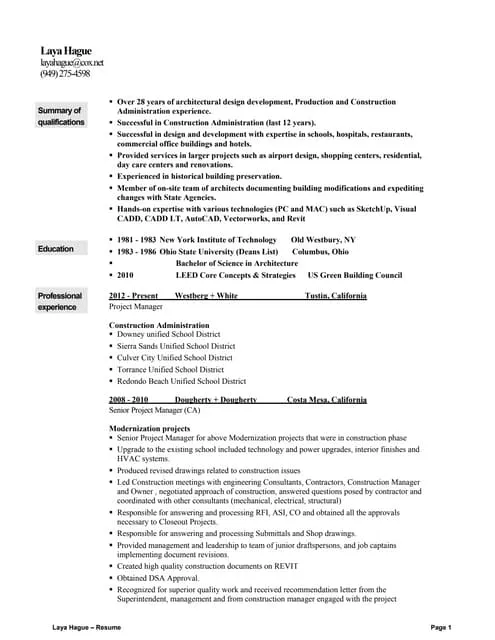Understanding the Shift No Cover Letter Required
The traditional job application process is evolving, and the cover letter’s role is diminishing. Many companies are now prioritizing resumes that quickly and effectively showcase a candidate’s qualifications. Applicant Tracking Systems (ATS) are becoming more sophisticated, and they often scan resumes for keywords and skills, making the resume the primary focus of the initial screening. This shift doesn’t mean cover letters are entirely obsolete, but it does highlight the importance of a strong, well-crafted resume that can stand alone. This changing landscape necessitates a strategic approach to resume writing that emphasizes directness, clarity, and impact, ensuring your application captures the attention of recruiters and hiring managers without a lengthy preamble.
Benefits of a Targeted Resume
A targeted resume is tailored to a specific job description, highlighting the skills, experiences, and qualifications most relevant to that role. Unlike a generic resume, a targeted resume demonstrates a clear understanding of the employer’s needs and a focused alignment with the job requirements. This approach significantly increases your chances of getting noticed because it immediately communicates that you are a suitable fit. By emphasizing the keywords and competencies listed in the job posting, you ensure your resume passes through the ATS screening and reaches the hiring manager. A targeted resume saves time, as you eliminate irrelevant information and focus on what matters most to the potential employer. This strategic focus allows for a more impactful presentation of your candidacy, conveying your genuine interest and ability to contribute to the company’s goals.
Streamlining Your Application Why No Cover Letter?
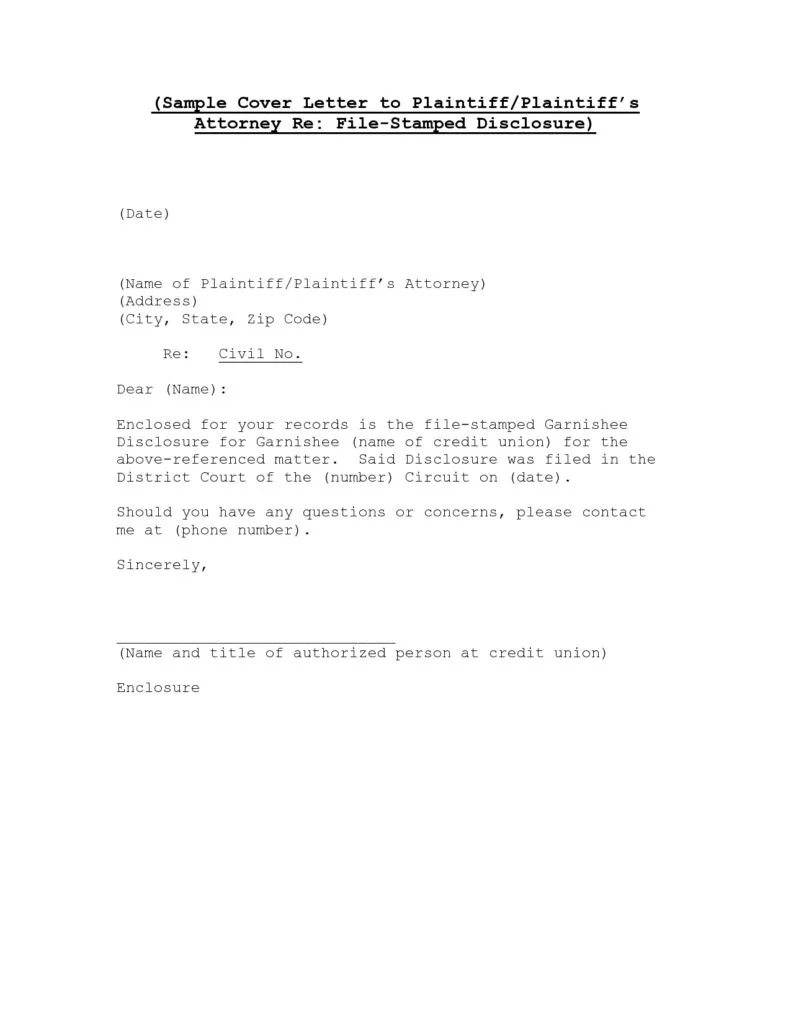
In the absence of a cover letter, your resume becomes the central document that must do all the work of introducing you, showcasing your skills, and demonstrating your suitability for the role. This requires a well-structured resume that clearly conveys your value proposition. The shift to not including a cover letter often allows applicants to streamline their application process, making it quicker and more efficient. Instead of crafting two separate documents, you concentrate your efforts on creating a single, powerful resume. This approach benefits job seekers by allowing them to tailor their application more precisely to each job. It encourages concise and direct communication, which is highly valued by busy recruiters who often have to screen a large number of applications. The focus on the resume also pushes applicants to be more strategic about the information they choose to include, prioritizing details that highlight their strengths and match the specific requirements of the job.
Key Elements of a Winning Resume
A winning resume is characterized by several key elements that work together to create a compelling narrative of your professional journey. It must begin with your contact information, including your name, phone number, email address, and optionally, your LinkedIn profile URL. A strong summary or objective statement is essential, providing a brief overview of your key skills and career goals. The work experience section is pivotal, detailing your previous roles and responsibilities, along with quantifiable achievements. The education section should list your degrees, certifications, and relevant coursework. Furthermore, a well-crafted skills section highlights your technical and soft skills. The layout should be clear and easy to navigate, with proper formatting and consistent use of action verbs. A great resume is tailored to each specific job and, of course, free from errors.
Contact Information Make it Clear
Ensuring your contact information is clear, current, and easy to find is crucial. At the top of your resume, prominently display your full name, phone number, and professional email address. Your email address should be professional. Consider including a link to your LinkedIn profile. Verify all information for accuracy. This section is the recruiter’s direct line to you, and any errors or omissions can lead to missed opportunities. Make sure your contact information stands out, using a slightly larger font size or bolding to draw attention without overwhelming the design. Ensure that the design of your resume does not obscure the information, and keep the layout clean and easy to read. Regularly update this section to avoid delays in communication if your information changes. Consistent and easy-to-find contact details greatly increase your chances of a timely response from potential employers.
Summary or Objective Highlight Your Value
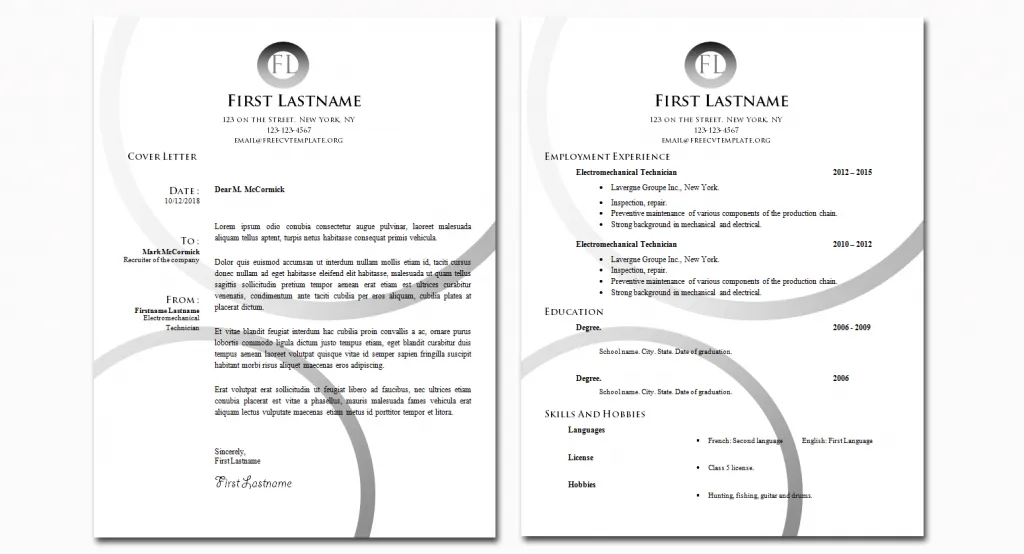
A well-crafted summary or objective statement serves as your resume’s introduction, immediately capturing the reader’s attention and highlighting your value. A summary provides a concise overview of your skills, experience, and accomplishments, typically used by candidates with extensive work experience. An objective statement, often favored by entry-level candidates, outlines your career goals and aspirations. Both should be tailored to the specific job, using keywords from the job description to show your relevance. Focus on your most marketable skills and the value you bring to the table. Keep it brief and impactful; ideally, no more than three to four sentences. This section is your chance to make a strong first impression and encourage the hiring manager to read the rest of your resume. Your summary or objective should clearly and concisely communicate why you are the ideal candidate for the position.
Work Experience Showcase Achievements
The work experience section is the core of your resume, providing concrete evidence of your skills and accomplishments. List your previous positions in reverse chronological order, starting with the most recent. For each role, include the job title, company name, dates of employment, and location. Use bullet points to describe your responsibilities and achievements. Focus on quantifiable achievements, providing specific examples and data to demonstrate your impact (e.g., ‘Increased sales by 15%’). Use action verbs to start each bullet point (e.g., ‘Managed,’ ‘Developed,’ ‘Implemented’). Tailor this section to the specific job description, emphasizing experiences and skills that are most relevant to the target role. Highlight your contributions and how you made a difference. It is essential to clearly illustrate your value to potential employers through your work experience.
Education List Your Credentials
The education section of your resume showcases your academic qualifications and training. List your degrees in reverse chronological order, including the degree name, major, university name, and graduation date. If you have multiple degrees, prioritize the most relevant ones to the job. For recent graduates or those with limited work experience, you might include relevant coursework, GPA (if high), and any academic honors or awards. Tailor this section to the job by highlighting any educational aspects that align with the role’s requirements. For those with extensive work experience, the education section typically takes a less prominent role, but it still remains crucial for demonstrating your foundational knowledge and qualifications. Ensure all information is accurate and up-to-date.
Skills Section Quantify Your Abilities

The skills section of your resume is where you explicitly list your abilities and proficiencies. This section is crucial for getting past ATS. Divide your skills into relevant categories, such as technical skills (e.g., programming languages, software proficiency), soft skills (e.g., communication, leadership), and other relevant skills. Tailor the skills listed to match the requirements of the job description. Include both hard skills (measurable, teachable abilities) and soft skills (personality traits and interpersonal skills). Quantify your abilities whenever possible by providing context or examples (e.g., ‘Proficient in Python, used to build X’). This section allows you to quickly and clearly communicate your competencies and demonstrates your ability to perform the job effectively. Regularly review and update your skills section to reflect new skills and remove those that are no longer relevant.
Tailoring Your Resume To Each Job
Tailoring your resume to each job is a critical step in the application process. It shows that you have taken the time to understand the role and are genuinely interested in the opportunity. Begin by carefully reviewing the job description and identifying the key requirements, skills, and keywords. Then, customize your resume to highlight the experiences, skills, and accomplishments that align with these requirements. Adjust your summary or objective to reflect the specific goals of the position. Modify the skills section to include the relevant keywords used in the job posting. Reorder the content if necessary, placing the most relevant information at the top. By demonstrating a clear match between your qualifications and the job’s needs, you significantly increase your chances of getting noticed by both the ATS and the hiring manager. This level of personalization makes your application stand out from generic submissions.
Keywords Optimization
Keyword optimization is essential for ensuring your resume gets past ATS. The ATS scans your resume for specific keywords and phrases that match those in the job description. To optimize your resume, thoroughly review the job posting and identify the core keywords and phrases. Integrate these keywords naturally throughout your resume, including in your summary, skills section, work experience descriptions, and even your education section. Vary your language, using both general and more specific terms, and consider using synonyms to avoid keyword stuffing. Use the exact wording from the job posting when possible, especially for key skills and qualifications. Avoid vague or generic terms, and focus on using industry-specific language. By strategically incorporating relevant keywords, you ensure your resume is easily searchable by the ATS and more likely to reach a human reviewer.
Formatting Your Resume For Applicant Tracking Systems
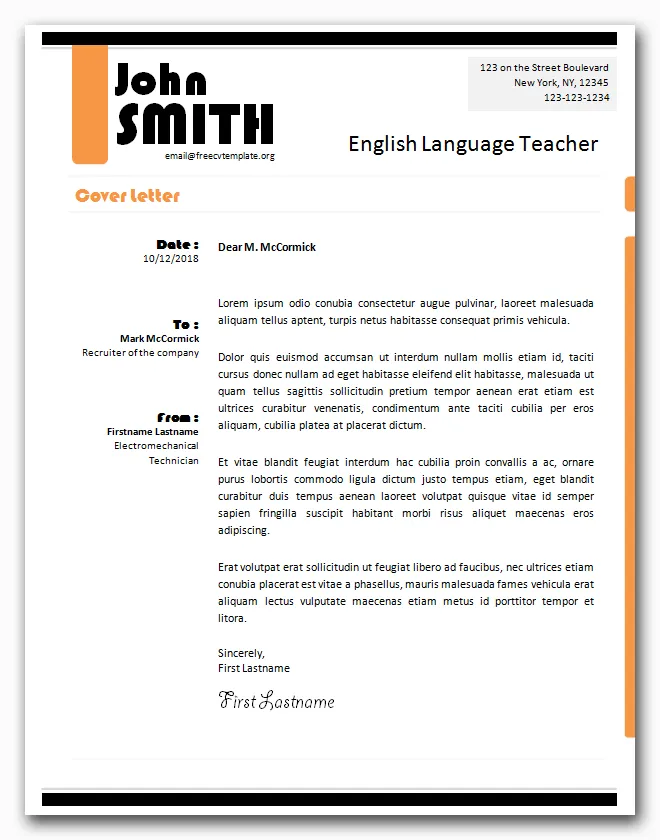
Formatting your resume correctly is essential for ATS. The ATS processes structured text. Avoid complex formatting, such as tables, graphics, and images. Use a clean, simple template with a clear font (e.g., Arial, Calibri, Times New Roman) and a standard font size (10-12 points). Use clear headings and bullet points to organize your information. Avoid using headers, footers, and text boxes, as these can confuse the ATS. Save your resume in a compatible file format, such as .docx or .pdf, but always check the job posting for preferred file types. Ensure your resume is easy to scan by the ATS, with a logical flow and well-defined sections. By formatting your resume with ATS in mind, you improve its chances of being parsed correctly and reviewed by hiring managers.
Choosing the Right Template
Selecting the right resume template is a critical step in creating a visually appealing and effective resume. There are a range of template options available, from simple and minimalist designs to more modern and creative layouts. Consider your industry and the type of role you are applying for when choosing a template. A more conservative template may be appropriate for traditional fields, while a more modern template might suit creative industries. Ensure the template is easy to read and allows for clear presentation of your information. Test the template by filling in your details and reviewing how the information is displayed. Choose a template that is ATS-friendly, avoiding complex formatting. Select a template that suits your personal branding. Ultimately, the template should highlight your skills and accomplishments, not distract from them. It’s important to choose a template that is easy to customize.
Proofreading and Editing Before You Submit
Proofreading and editing your resume before submitting it is an essential step in ensuring it is polished and professional. Errors in grammar, spelling, and punctuation can undermine your credibility and may lead recruiters to reject your application. Carefully review your resume for any mistakes. Use a grammar and spell checker, but do not rely solely on these tools. Read your resume aloud to catch any awkward phrasing or inconsistencies. Ask a friend, family member, or career advisor to review your resume for a second opinion. Check for consistency in formatting and style. Verify all contact information, dates, and job titles. Make sure your resume reflects the correct name of the company or role. By taking the time to proofread and edit your resume, you can present yourself in the best possible light and significantly increase your chances of landing your dream job.
Resume Success Tips Land Your Dream Job!
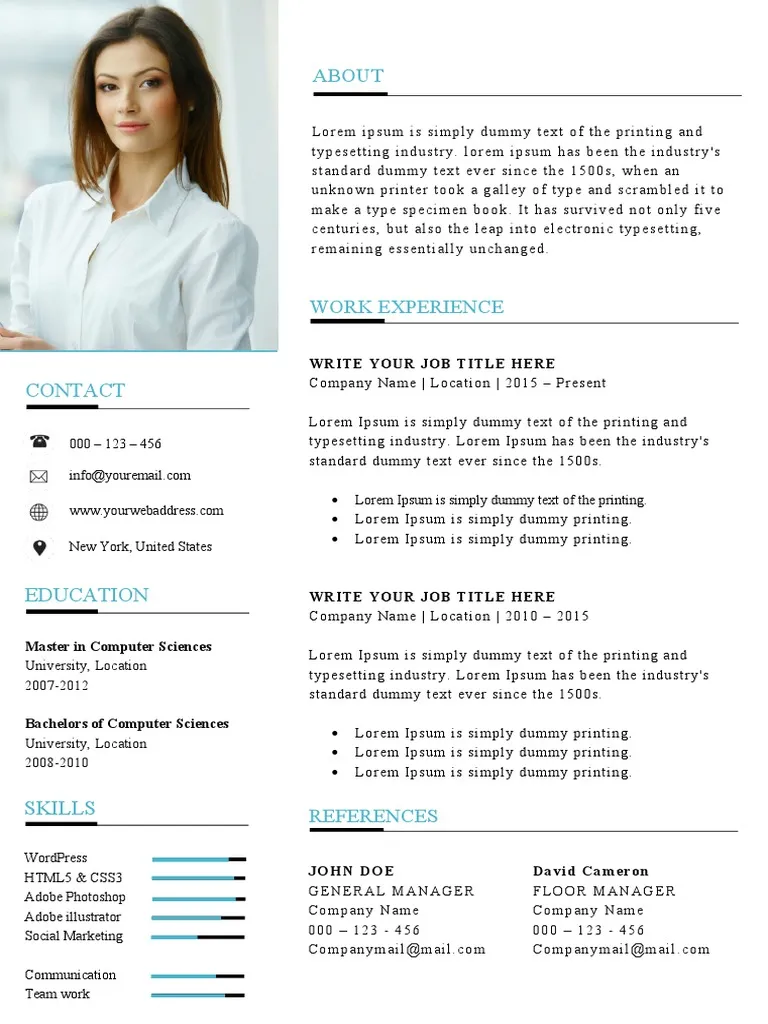
To summarize, creating a winning resume without a cover letter requires careful attention to detail and a strategic approach. Tailor your resume to each job description, emphasizing relevant skills and experiences. Use clear and concise language, highlighting your accomplishments and quantifying your results whenever possible. Optimize your resume for Applicant Tracking Systems by incorporating the correct keywords. Proofread your resume thoroughly. Choose an appropriate and ATS-friendly template. With these key tips in mind, you’ll be well on your way to landing your dream job and making the most of this new approach to the job search.
Highlight Your Achievements
Focusing on your achievements is a powerful way to demonstrate your value to potential employers. Instead of simply listing your job responsibilities, use your resume to showcase what you have accomplished in each role. Use action verbs to start your bullet points and describe your contributions. Quantify your accomplishments by using specific numbers, percentages, and data. For example, rather than saying ‘Managed social media,’ you could say, ‘Increased social media engagement by 30% in six months.’ Highlighting your achievements provides concrete evidence of your skills and capabilities. Make sure to focus on outcomes and impact, demonstrating how your work has positively affected previous employers. Highlighting your accomplishments also helps you stand out from the competition, setting you apart.
Quantify Your Accomplishments
Quantifying your accomplishments is essential for demonstrating your value and impact in your resume. Whenever possible, support your claims with data and specific metrics. Use numbers, percentages, and statistics to show your achievements. Instead of saying ‘Improved customer satisfaction,’ say ‘Increased customer satisfaction scores by 15%.’ By quantifying your achievements, you provide concrete evidence of your skills and capabilities. Focus on results and outcomes. This approach makes your resume more compelling and helps the hiring manager understand the value you bring. Whenever possible, relate your achievements to business goals, such as revenue growth, cost savings, or efficiency improvements. This type of specific, data-driven information helps you stand out.
Use Action Verbs Effectively

Using action verbs effectively is an important part of resume writing. Action verbs create a dynamic and impactful narrative that captures attention and highlights your skills and achievements. Begin each bullet point in your work experience section with a strong action verb. Choose verbs that accurately describe your actions and results. Use different action verbs to add variety and avoid repetition. Focus on verbs that demonstrate leadership, problem-solving, and other essential skills. For example, use ‘Managed’ instead of ‘Was responsible for,’ or ‘Developed’ instead of ‘Participated in.’ Action verbs can emphasize what you did and how you did it. The right action verbs help showcase your skills and make your resume more engaging and memorable.
